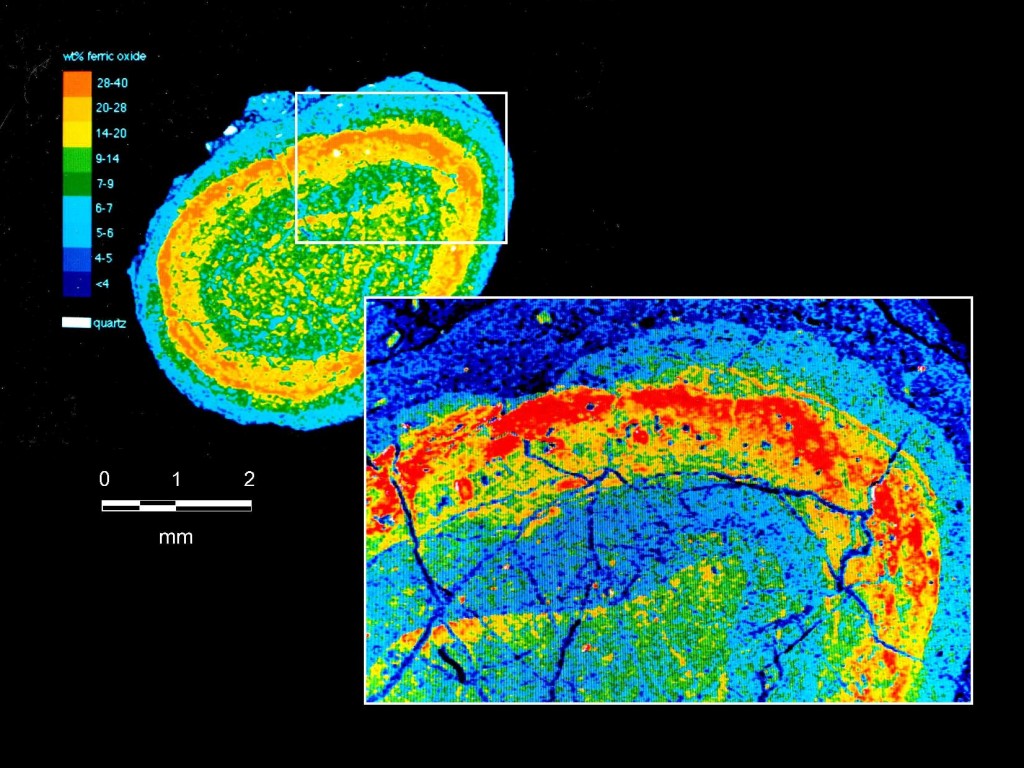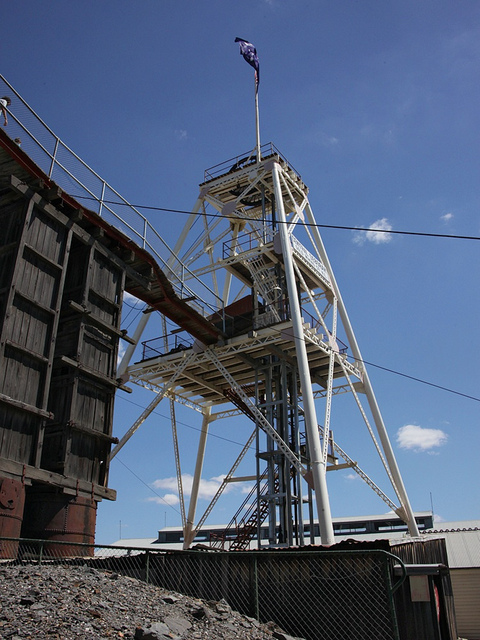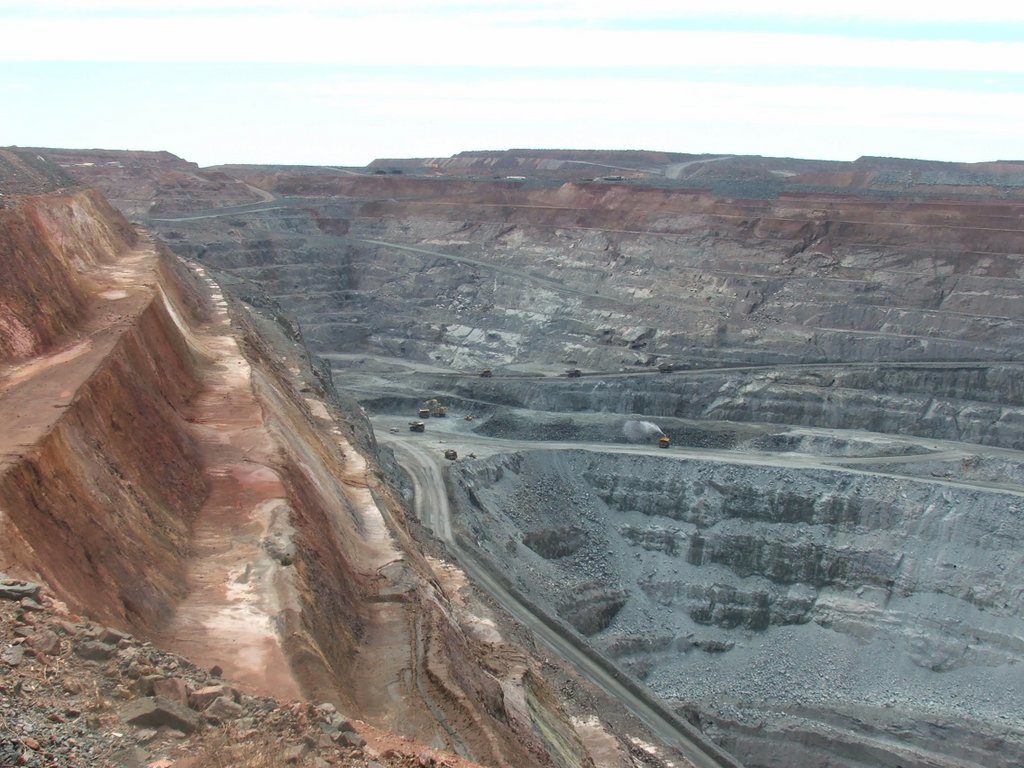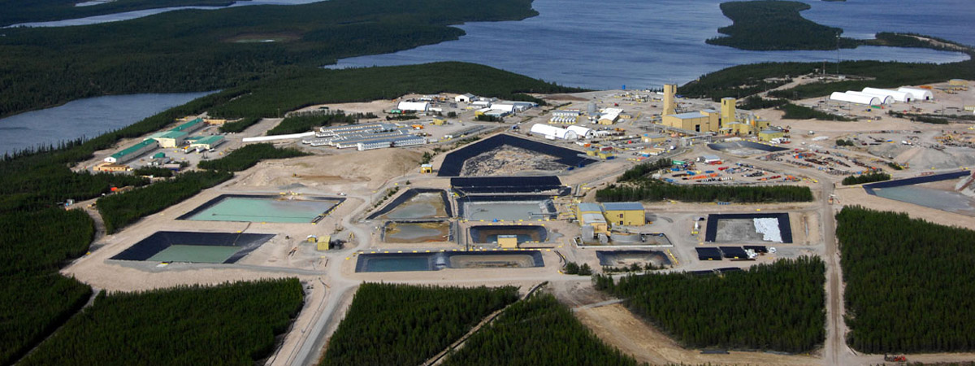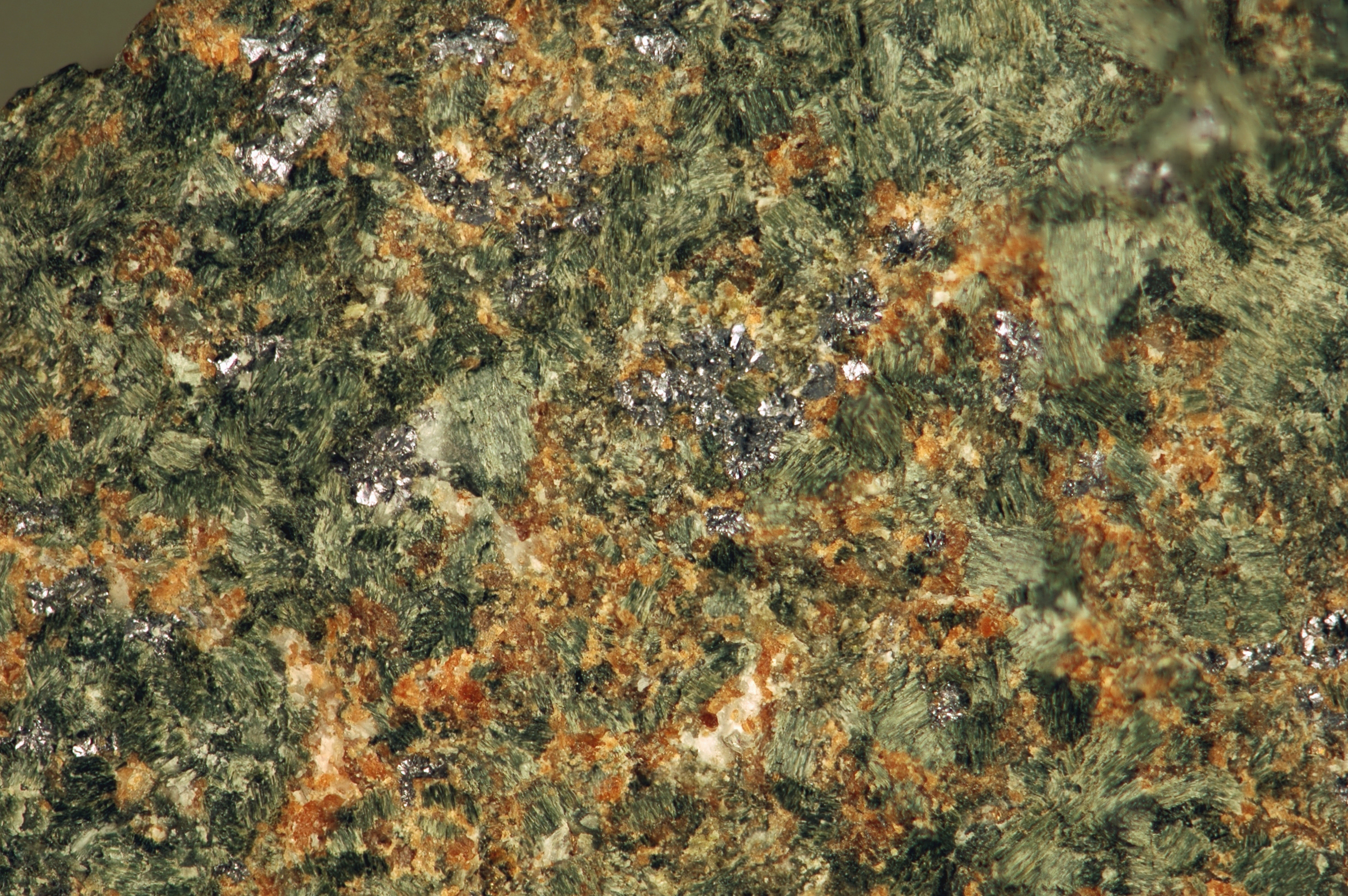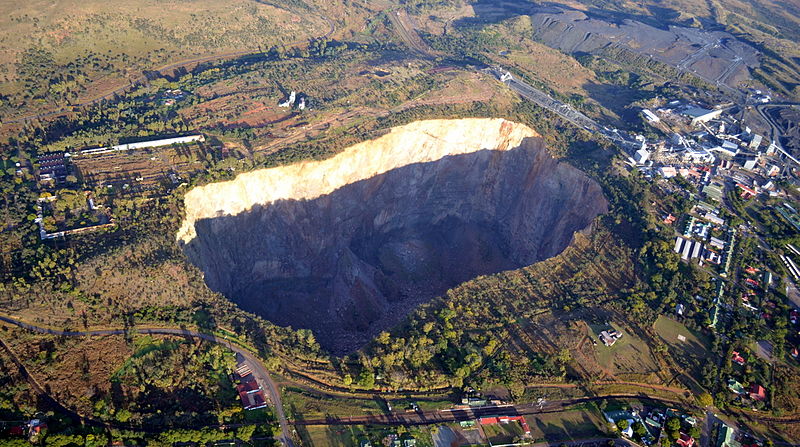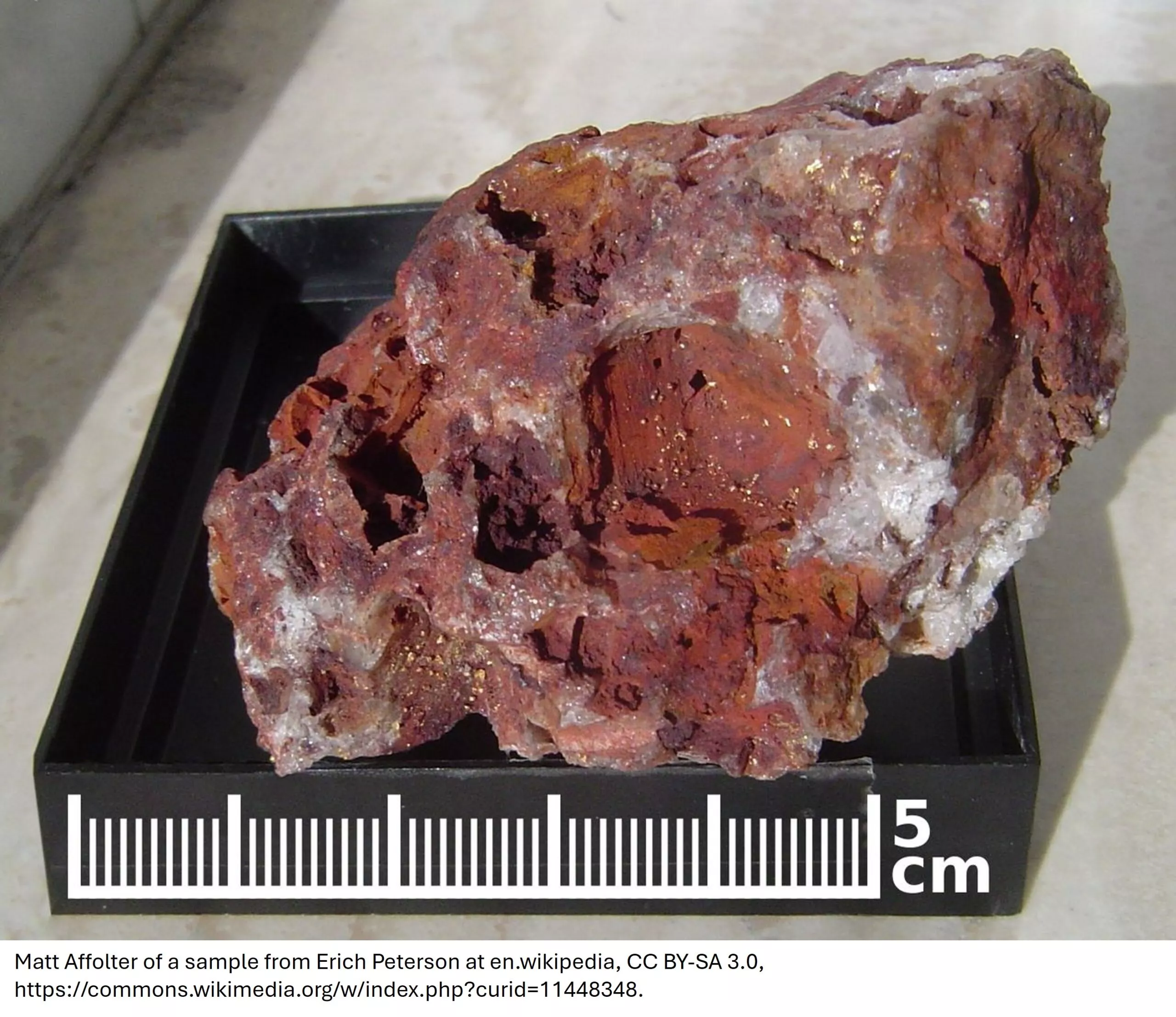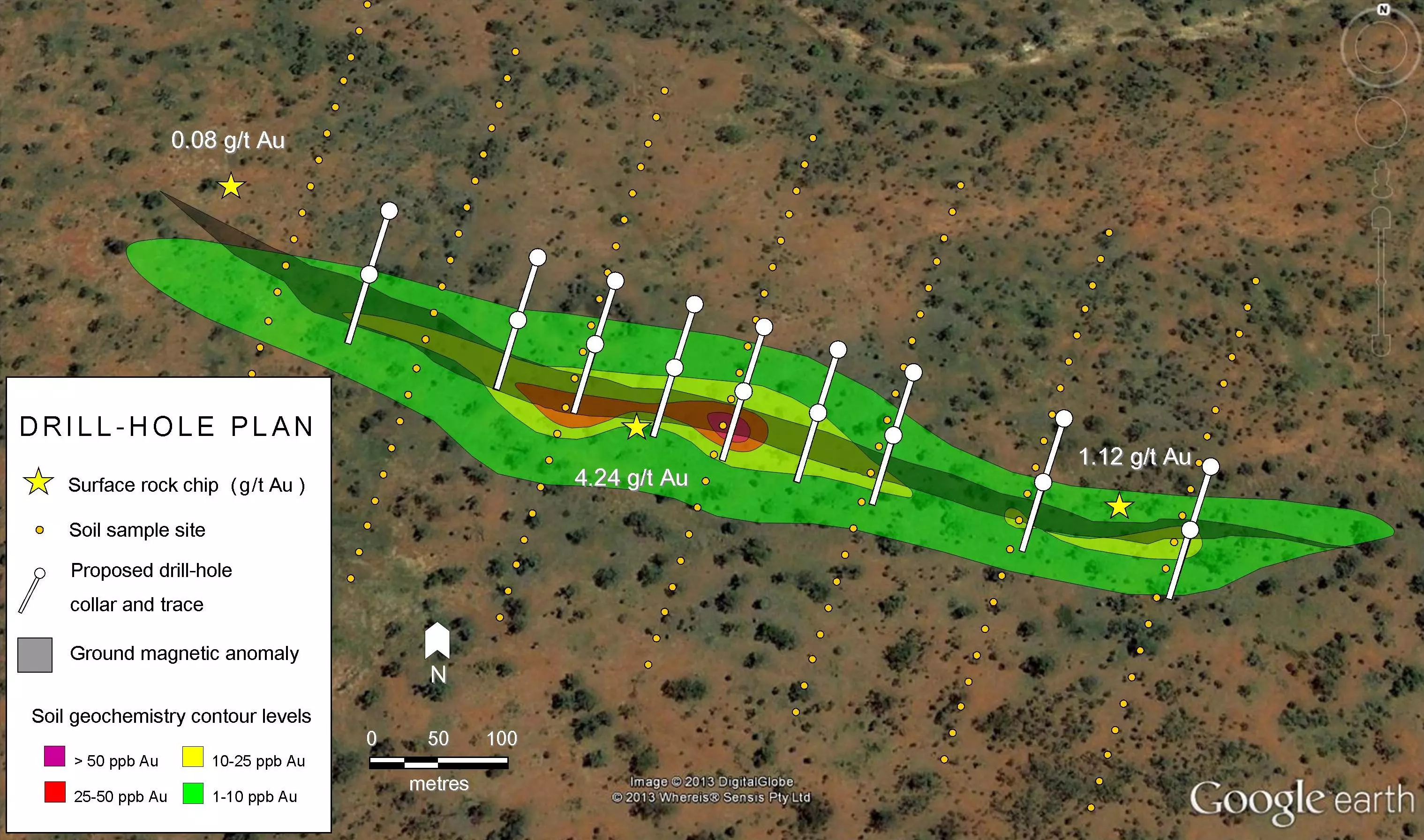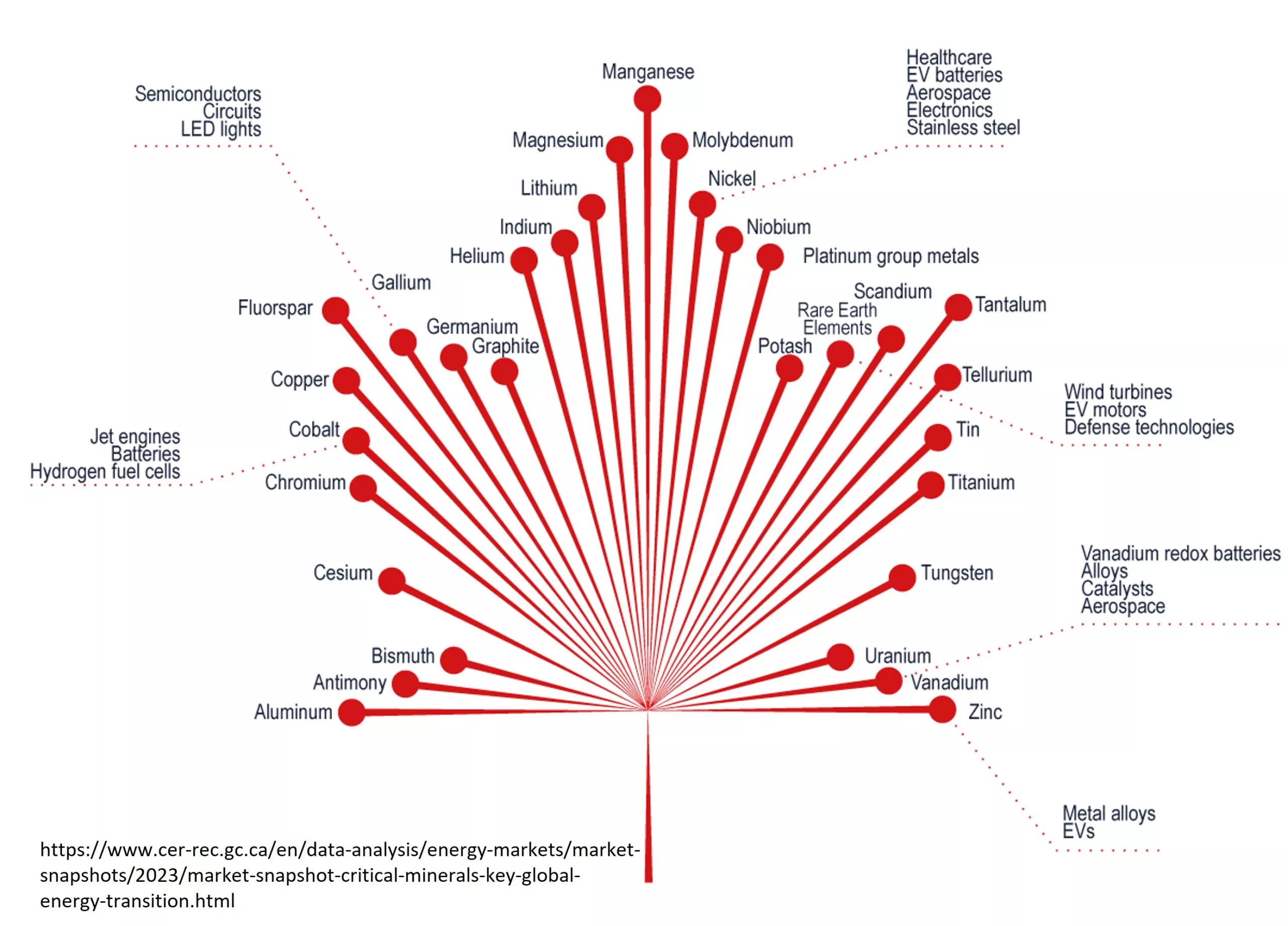Introduction

The Coromandel area in New Zealand’s central north peninsula has a rich history of 200 years of gold prospecting and mining. The Martha mine is a testament to the history of the region with its production dating back from 1879 to 1952. New life has been breathed into the mining operation as OceanaGold began production of gold from an underground operation in 2020.
History Of Gold Mining In The Area
The first discovery of gold in New Zealand was in an area of the central northern peninsula known as the Coromandel in the mid 1800s. This discovery sparked two major gold rushes between the 1860s and 1900. The opening of the Waihi area for prospecting in 1875 gave way to the discovery of the Martha vein in 1878 and one year later, underground mining commenced. Over the decades, the mining operation grew to become one of the most important gold mines in the world, producing some 35 million ounces of gold and silver from 1879-1952.
Project Overview
Project Progression
Exploration drilling was fielded from 1979-1984 by Waihi Mining and Development Ltd. and AMAX Exploration Ltd. Later, in 1988, Normandy Mining Limited Group and Otter Gold Mines Ltd. began the Martha open pit mine in 1988 as a joint venture. Otter Gold Mines Ltd. was acquired by Normandy in 2002, and the Newmont Mining Corporation acquired ownership of the Waihi Mine in 2002 through acquisition of the Normandy Mining Group.
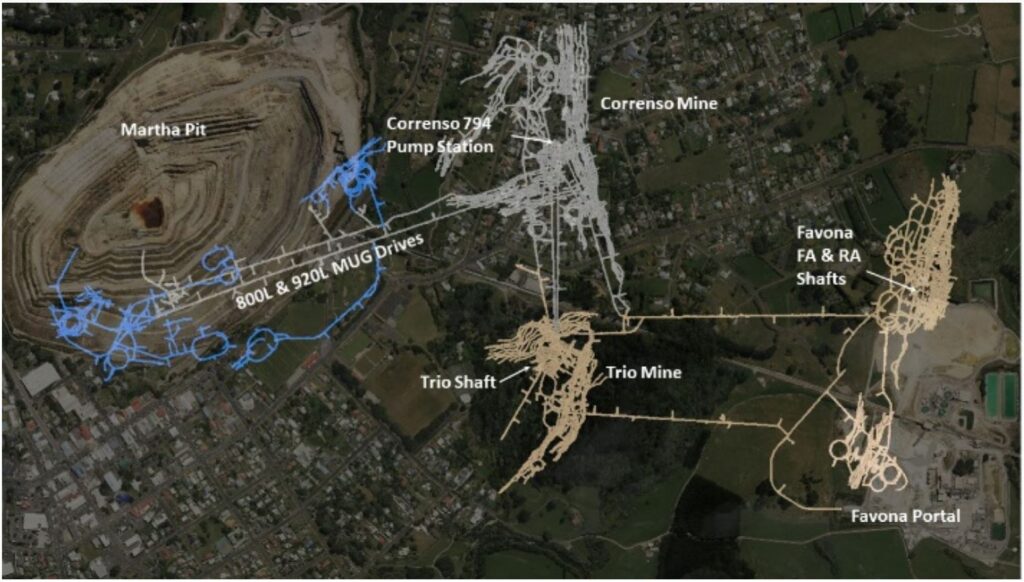
The open pit mine was closed in April 2015 due to the destabilization of a pit wall which made the operation unsafe. Soon after, OceanaGold obtained the Waihi property, including the operating open pit mine, underground mine and process plant, in October 2015. It took about a year for the pit wall to fail (April 2016), and since then, OceanaGold has monitored the North Wall with radar and surveying equipment for movement. Resource consent for underground mining of the Martha vein system was granted on 12 December 2018. Development of Martha underground began mid-2019.
In July of 2020, OceanaGold completed a 12-month Preliminary Economic Assessment (PEA) for the Waihi area which reported 0.62 Moz of proven and probable resources and 3.23 Moz of indicated and inferred resources with an average grade of 5.2 g/t gold. The PEA prescribed a mine life of at least 8 years over which will produce an average of 75 koz of gold per year. In 2020, the company produced 19,775 oz gold from Martha Underground and for 2021, OceanaGold is expecting to produce between 35-45 koz of gold.
Geology
Regional Geology
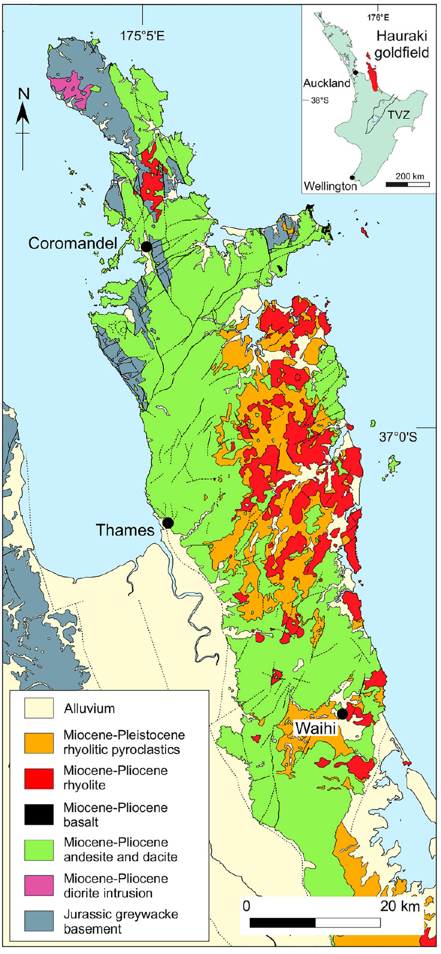
The Martha vein is one of four major gold-bearing veins occurring within the Hauraki Goldfield, a region that encompasses most of the Cormonadel which hosts numerous precious metal deposits. The peninsula is comprised of volcanic rocks of the Coromandel Volcanic zone, which is bounded by the Hauraki Rift to the west and the active Taupo Volcanic Zone to the south. The gold-silver veins are hosted within the Coromandel Group andesites and dacites as well as the Whitianga Group rhyolites of the Coromandel Volcanic Zone. Andesite, dacite and rhyolite are extrusive igneous rocks that form from lava from volcanic eruptions. These veins, as well as numerous smaller ones, form a braided vein system over 1.6 km long and 500 m wide and extend to a depth of over 600 m.
Deposit Type
Gold mineralization at the Martha Project is typical of a low sulfidation epithermal depositt. Low sulfidation epithermal deposits are the result of ancient groundwater dissolving gold and other metals from hot magmas at depth. The water is heated into a hydrothermal fluid which travel through faults and fractures where the fluid becomes trapped. Pressure builds over time and eventually, the fluids are released through fractures, resulting in the boiling of the fluids and in turn, the precipitation of the dissolved constituents of the fluid, such as gold. These gold deposits are typically comprised of quartz vein, breccia, stockwork and disseminated mineralization formed typically between 50-700 m below the water table.
Mineralization
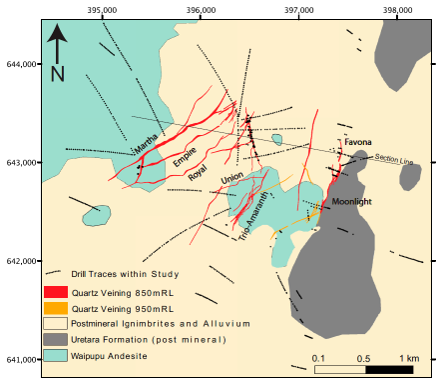
Mineralization occurs as electrum and silver sulfides within quartz veins hosted in hydrothermally altered volcanic andesite and rhyolite. These epithermal veins occur within what’s known as proximal alteration which consists of quartz, adularia and pyrite. The proximal alteration occurs inside of regional-scale propylitic alteration (an assemblage of minerals consisting of chlorite, illite, smectite and carbonates).
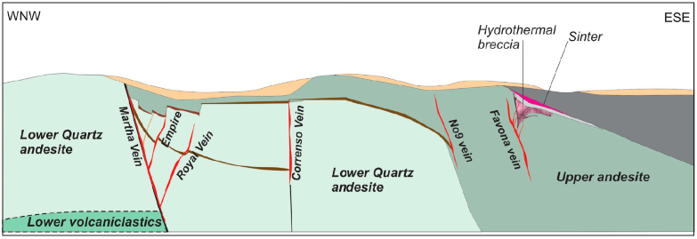
Future Outlook/Investor Takeaways
Production is expected to increase to significantly as the project matures, from about 35-45 koz this year up to the projected goal of around 70 koz. Thus, the project will become more profitable within the coming years. One thing to keep an eye on is OceanaGold’s future exploration results. The Martha underground project has a somewhat low mine life, lasting only eight years. Any increases in life of the mine would likely make the project more economic. Finally, it would be folly not to mention the risk of environmental impacts Project Martha may have, especially in a country devoted to environmental protection. Although the company has a track record of successfully mining at minimal environmental impact in such areas, it is worth considering as a risk.
Companies Mentioned
- Oceana Gold (website)
- Newmont (website)
- Waihi Mining and Development Ltd.
- AMAX Exploration Ltd.
- Normandy Mining Limited Group
- Otter Gold Mines Ltd
Further Reading
- OceanaGold (2020) Annual Information Form (pdf).
- OceanaGold (2021) Martha Underground Feasibility Study (pdf).
- OceanaGold (2021) Management Discussion and Analysis First Quarter 2021 Results (pdf).
- Cision (2021) OceanaGold Provides Update on Martha Underground at Waihi in New Zealand (link).
- Mining Journal (2020) Waihi District, a Golden Opportunity in New Zealand (link).
- GNS Science Geology of New Zealand – Mineral Deposits (link).
- Darragh, Emma (2018) Golden Days in The Coromandel (link).
- Christie, Anthony B. (2019) Introduction to New Zealand hard rock gold deposits and their exploration models. New Zealand Journal of Geology and Geophysics 62(4):394-413 (link).
- Simson, Mark P. and Christie, Anthony B. (2019) Hydrothermal alteration mineralogical footprints for New Zealand epithermal Au-Ag deposits. New Zealand Journal of Geology and Geophysics 62(4):483-512 (link).
- Barker, Shaun L.L., Hood, Shawn, Hughes, Rosie M. and Richards, Shannon (2019) The lithogeochemical signatures of hydrothermal alteration in the Waihi epithermal district. New Zealand Journal of Geology and Geophysics 62(4):510-530 (link).
Subscribe for Email Updates

